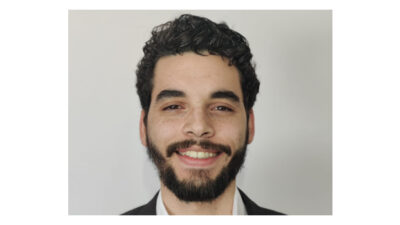Calibration has needed to evolve in line with the digital migration of HART devices, which has benefited both overall.

Industry 4.0 is driving factory automation along a path of increasing levels of digitalisation and key to implementing Industry 4.0 principles is the widespread use of sensors to help fine-tune performance and detect potential issues. The ecosystem built up around the Highway Addressable Remote Transducer (HART) protocol, which has underpinned the use of process sensors in automation, is evolving to support this trend.
Traditionally, HART has delivered data to programmable logic controllers (PLCs) and supervisory systems using a point-to-point two-wire connection. If the installation calls for many sensors and process transmitters, point-to-point wiring becomes increasingly difficult. Changes to the HART interface have made it possible to deploy sensors using multidrop buses to simplify wiring and allow readings to be taken from an array of sensors along a cable run. However, as this bus version uses the same core protocol, data transfer is relatively slow.
Many users will find it more advantageous to turn to newer technologies that leverage advances in digital networking – WirelessHART and HART-IP. WirelessHART accesses the same license-free 2.4 GHz spectrum employed by Wi-Fi and Bluetooth but uses a protocol that was developed to support industrial communications. The time synchronized mesh protocol (TSMP) supports very low power operation by allowing sensors to switch off when they are not expected to communicate. Its mesh design also lets packets hop from one wireless node to another, an approach that helps extend the maximum range of the network. This may be crucial in systems that cover wide areas and where fixed cabling is impractical.
HART-IP leverages the industry standard IP stack to make it possible to send HART messages over the many forms of Ethernet that are now available, including versions designed for intrinsically safe operation in hazardous environments, as well as WiFi. The use of IP makes it possible to run fieldbus data alongside other protocols to ease the integration of PLCs and sensors into unified SCADA systems on one core network. Adding WirelessHART support will extend the range of the fixed network.
Calibration is critical
Whatever the underlying communications protocol, calibration is a vital aspect of system commissioning and maintenance. Traditionally, this is a process where a service engineer takes a professional calibrator to the transmitter. Calibration takes place once the instrument is attached physically to both the analogue inputs and the data port. Instruments are available to provide menu-driven workflows to check the transmitter is working correctly, sending accurate data and then record the results.
Adoption of WirelessHART and HART-IP will entail changes in the way the calibrator accesses the data sent by the transmitter over the network. To ensure the engineer is seeing the same information that is sent to PLCs or SCADA systems, they will need to tap into the networks to receive those packets. Where the transmitter is reporting data using WirelessHART, it may make sense to have an adapter module for a calibrator that interfaces with protocols such as WirelessHART directly.
Alternatively, users could take advantage of the ubiquitous nature of IP to have packets relayed to a handheld device using a network gateway. This mode of operation will also be useful to test the information flow from each recalibrated transmitter. The greater complexity of the network architecture makes it important for technicians to understand how to spot problems that may prevent data being received correctly. A network-protocol analyzer, which provides diagnosis of many network issues such as cable breaks and router misconfigurations, provides a good solution for the service engineer alongside calibration gear.
This article originally appeared on Control Engineering Europe’s website. Edited by Chris Vavra, web content manager, Control Engineering, CFE Media, [email protected].



